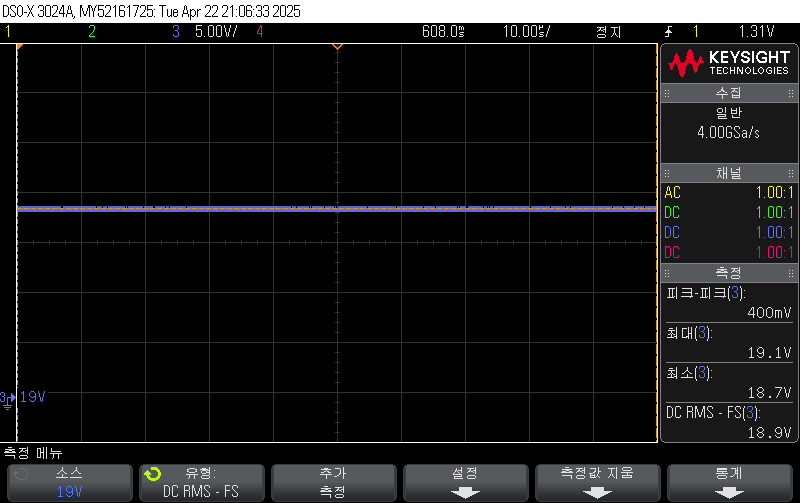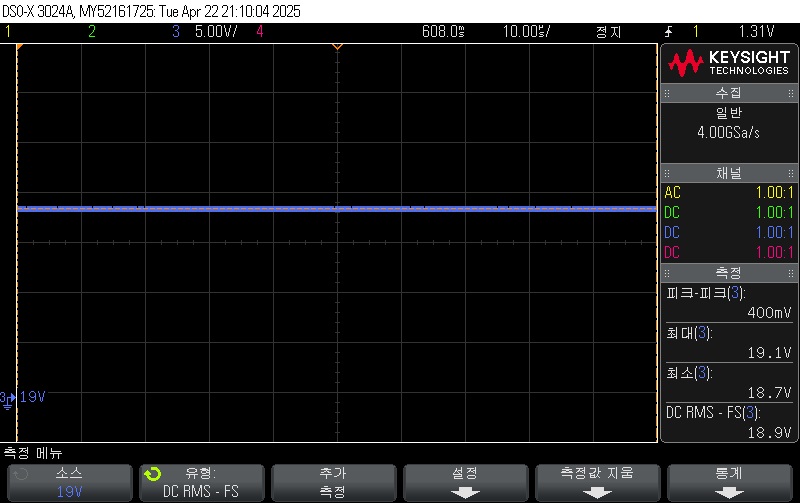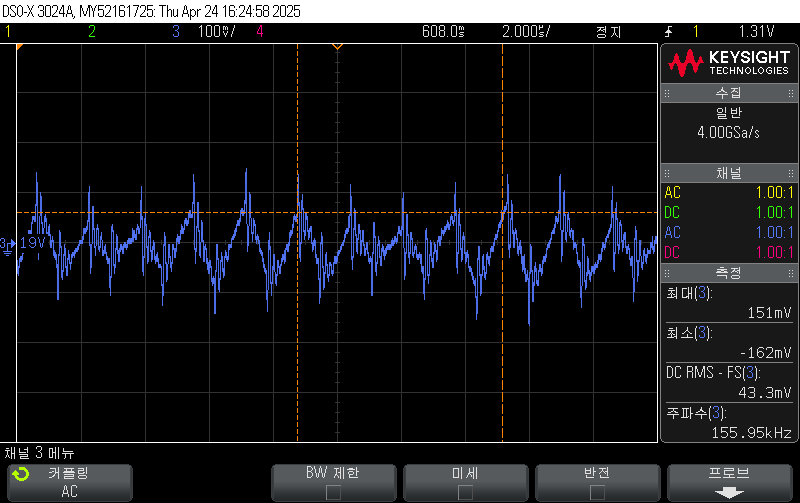Other Parts Discussed in Thread: DLPA3005
Tool/software:
Dear
Most likely, of course, the inductor is noisy.
I am using the schematic provided by TI and am also using the same inductor.
Any noise in the audio range is highly undesirable.
Tell me what to change to minimize it such as PCB design, Components and inductors.
Thanks
(TI Rerence Schematic)LM61495_VOUT19V_IOUN10A.pdfLM61495_PCB DESING.pptxLP61495RPH.pdf







